
Below are the three main mistakes you’re likely to be making with the /æ/ sound:
Do you want to have a quick look at the phonetic alphabet? Click here to see the /æ/ in the phonetic alphabet chart.
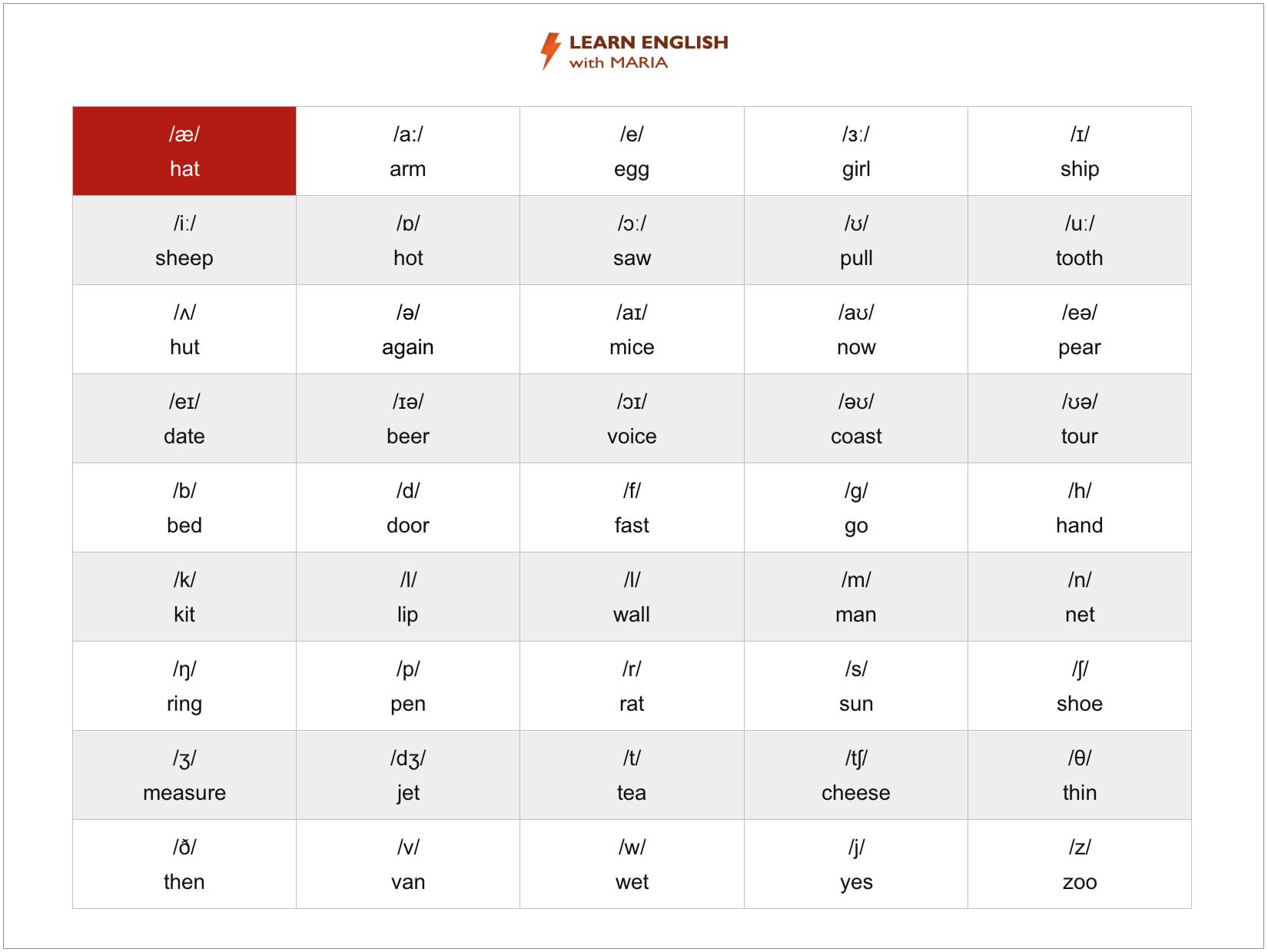
Mistakes to avoid with /æ/
Mistake 1: Producing a sound between /ʌ/ and /æ/. Unfortunately the vowel sound you’re producing doesn’t exist in English, so native speakers will have difficulty understanding the word you’re saying.
Or the word you’re saying could be mistaken for a different word. Here’s an example:
To produce a clear /æ/, spread your lips a bit more and raise the tip of your tongue slightly. Let’s compare these two sounds:
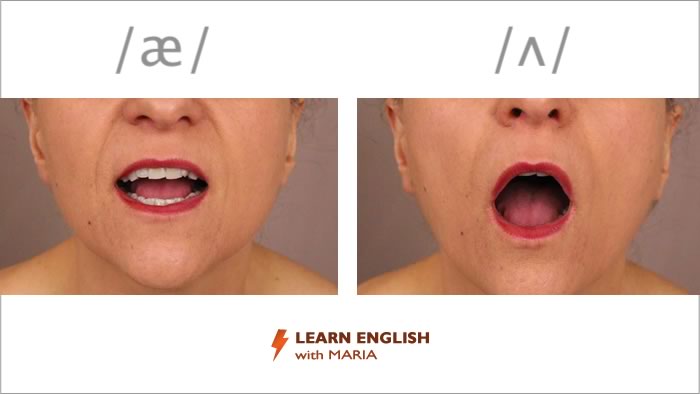
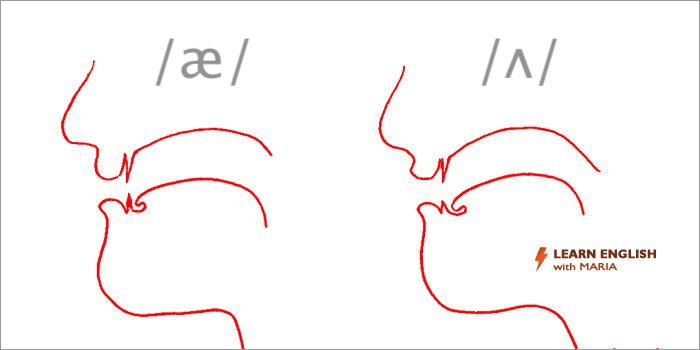
Check your lip shape in a mirror to make sure you’re doing it right. Using a mirror will save you time and effort, and it’ll make a real difference to your pronunciation.
Now practise saying these three words. Make sure you produce an /æ/ sound and not an /ʌ/.
/plæn/
/mæn/
/kæn/
Mistake 2: Producing a sound between /e/ and /æ/. As in the previous point, the vowel sound you’re producing doesn’t exist in English, so native speakers will have difficulty understanding the word you’re saying.
Or the word you’re saying could be mistaken for a different word. Here’s an example:
To produce a clear /æ/, open your mouth a bit more and lower the tip of your tongue slightly. Let’s compare these two sounds:
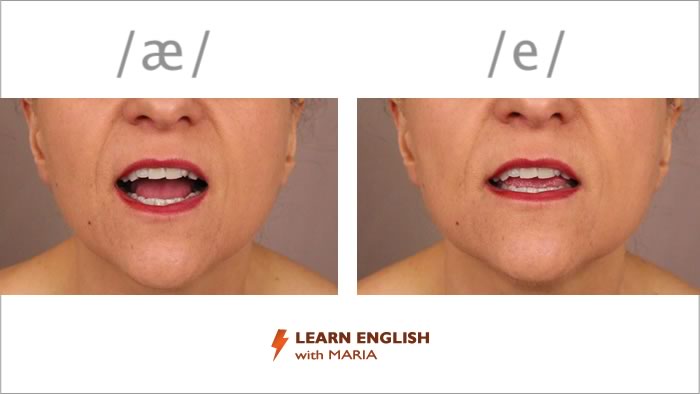
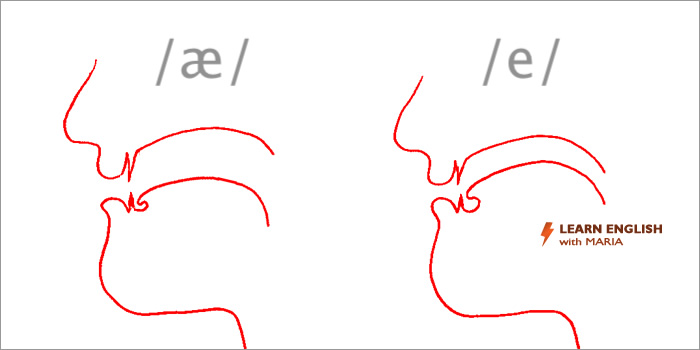
Don’t forget to use a mirror to check your lip shape.
Now practise saying these three words. Make sure you produce an /æ/ sound and not an /e/.
/dæd/
/ɡæs/
/fæn/
Mistake 3: Producing a vowel that sounds closer to /a:/ than to /æ/. If you compare their lip shapes and tongue positions, you’ll notice that /æ/ and /a:/ aren’t the short and long version of the same sound.
Instead, /æ/ and /a:/ are two different sounds produced in different parts of the mouth. Let’s compare them:
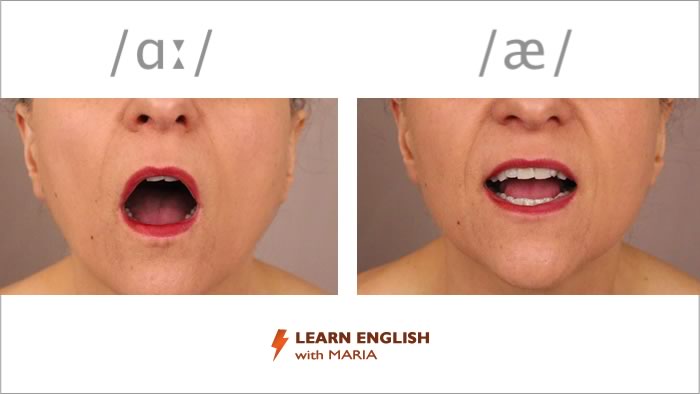
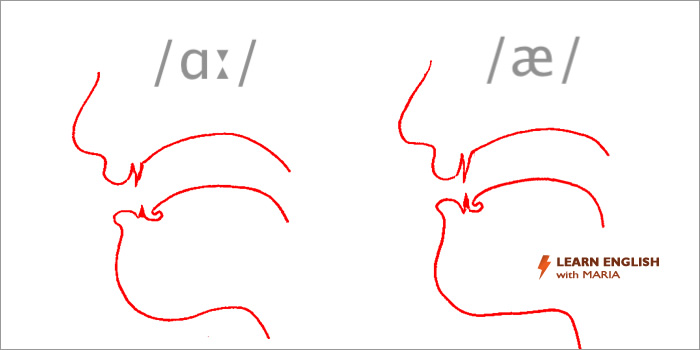
If you find yourself making an /a:/ instead of an /æ/, close your mouth a little and your tongue will rise slightly.
Now practise saying these three words. Make sure you produce an /æ/ sound and not an /a:/. Remember that /æ/ is a short sound.
/pæk/
/kæt/
/fæt/
How to master the /æ/ sound
To master the /æ/, come back to this topic several times over the next few days and weeks. That will help you avoid those mistakes.
To master the /æ/ even faster, go through this page one more time now. Click here to flip all the flashcards and reread the mistakes.
Here’s a tip: when I was working on my English accent, I noticed that some of those mistakes were easier to avoid than others. To make fast progress, I first focused on the mistakes that I personally found easier to correct – instead of tormenting myself with the difficult ones.
That gave me a better understanding of the English pronunciation as a whole, and more confidence in my accent. Then I was able to concentrate on the mistakes that I found more difficult, and quickly improved my accent.
Would you like to practise the /æ/ with me?
In my 1-to-1 English lessons I show you step by step how to avoid making the mistakes I’ve listed on this page. Plus, you get to do pronunciation exercises with me using other everyday words.
To get extra practice with the /æ/, book one of my 1-to-1 English lessons.
What’s next?
In the next topic I bring you some words with an unexpected /æ/.